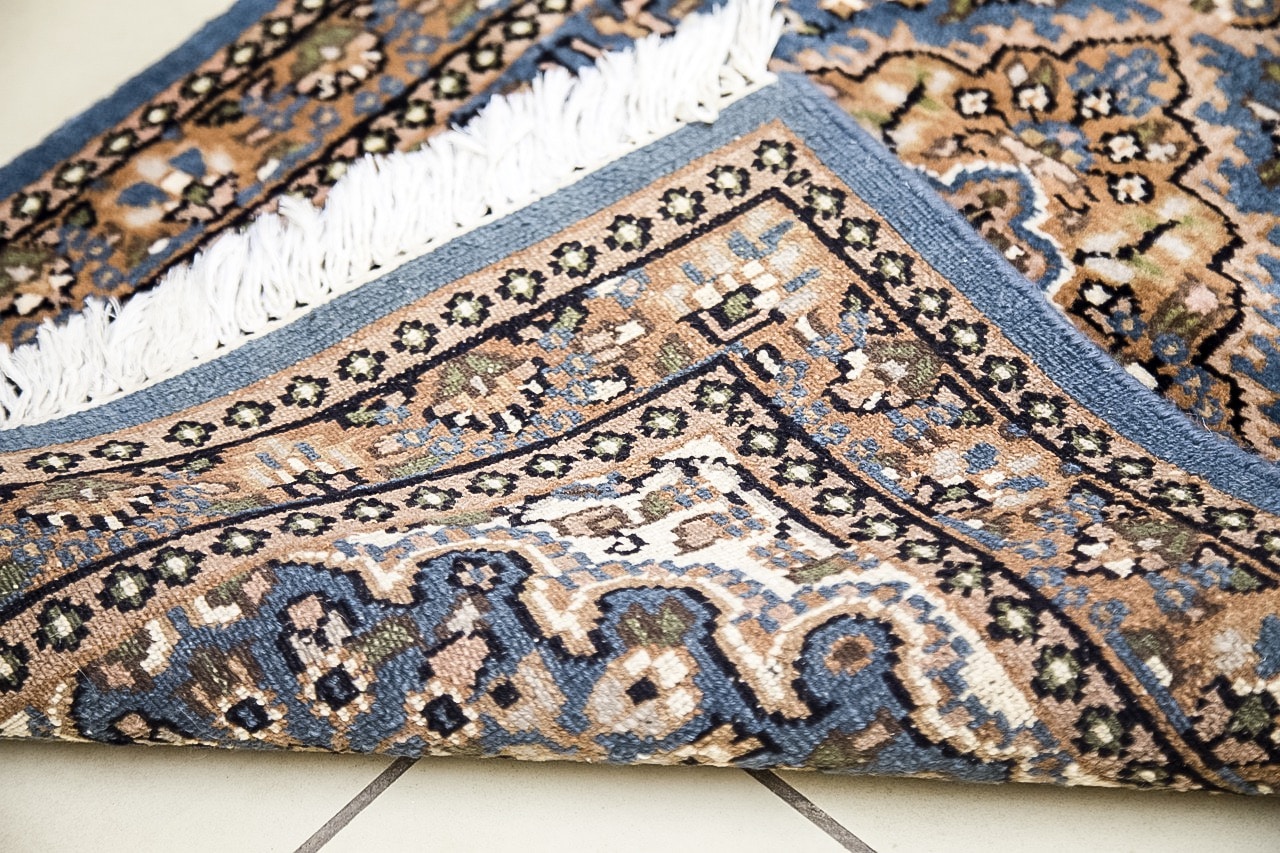It’s a typical linguistic blunder that we see all the time. When discussing their front entry, client’s use the terms “carpet” and “mat” interchangeably… However, the actual meanings of such phrases are diametrically opposed! Comparing a commercial carpet to a genuine commercial entrance mat is like to comparing a high heel shoe to a gumboot — while they’re both footwear, they clearly serve very distinct tasks in very different ways, and they’re not interchangeable! Adding carpets make a great addition to house especially those with Scandinavian interior designs.
The appearance of the carpet is paramount. People choose a carpet for their office depending on its color, texture, pattern, or style; for most commercial uses, one brand of carpet (of a specific grade or quality, of course!) is more than or less as excellent as the next. It’s similar to shopping for expensive high heels or dress shoes: the appearance of the shoe and whether it goes with your entire outfit are more essential than how well it performs on a hiking trail or stepping over puddles in the park.
The most important aspect of entrance matting is its functionality. The purpose of entry matting is to protect your beautiful new carpet from dirt, grit, mud, and water; the ability of a custom logo door mats to preserve your floors from wear and tear should be your primary consideration when selecting a mat. Buying an entrance mat is similar to buying gumboots: the fact that the boots will keep your feet warm and dry, fit you properly, and protect you from bad weather is far more significant than the color they are!
When selecting an entry mat for your commercial location, keep this aesthetic vs. function relationship in mind. Clients frequently make the mistake of putting aesthetics over function, resulting in the selection of the absolutely incorrect product (like matching a specific logo color, etc.) Before they realize it, they’re replacing that incorrect entry mat every few months since it wore out too quickly or simply couldn’t perform the required functions of the suitable entrance mat. Because of the incorrect product, foul weather and outside filth ruined the carpet and flooring beneath it, and they now have to replace both the mat and the flooring!
Nylon, polypropylene, PVC, rubber — entry matting comes in a bewildering assortment of materials, making it difficult to choose which is best for your use and the needs of your facility. If you’re having trouble deciding which mat is best for your company, reach out to us right now!
Mats that reduce tiredness
Depending on the cuisine and kind of food being prepared, each commercial kitchen is unique. Separate stations for different sorts of cooking, such as baking and grilling, are common in these kitchens. At each of these stations, you’ll find industrial versions of the same equipment you’d use at home. Not only is industrial equipment built to produce bigger quantities of food, but it also includes safety features such as safety shields and finger guards that you may not find in your household appliances.
In a commercial kitchen, though, the equipment isn’t the sole source of danger. Standing for long periods, which is an inescapable everyday task for employees in this line of work, can strain their backs, hips, legs, and feet. Anti-fatigue mats are required in commercial kitchens by the Occupational Safety and Health Administration (OSHA).
When it comes to staff safety, this nonslip, anti-fatigue commercial kitchen mats serve multiple objectives. For starters, the thick padding acts as a cushion between your feet and the floor, reducing the strain that standing puts on your muscles and nerves. Additionally, these mats can help minimize slip-and-fall injuries in the workplace, particularly in areas where employees frequently use and can easily spill liquids, such as a kitchen. If employees must kneel for any reason, thick rubber mats must be used to protect their knees from direct contact with the floor.


